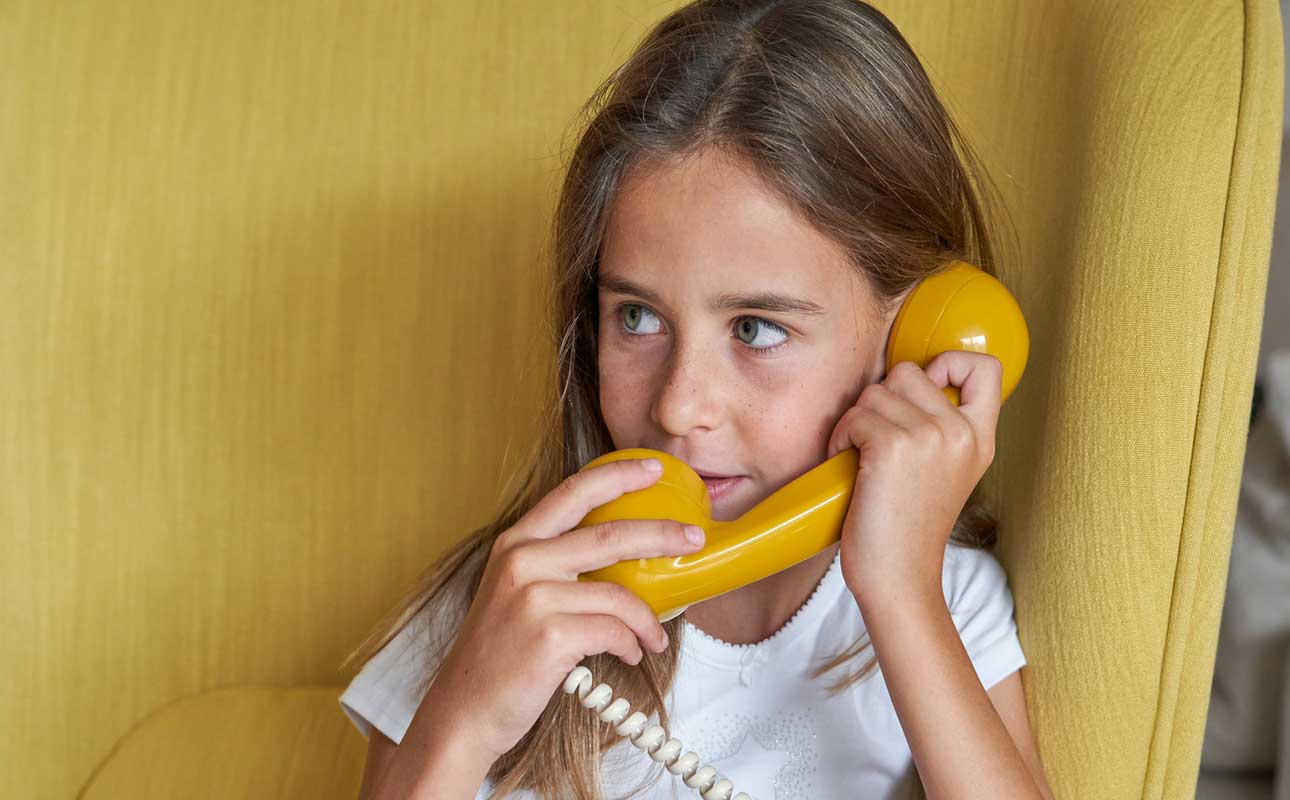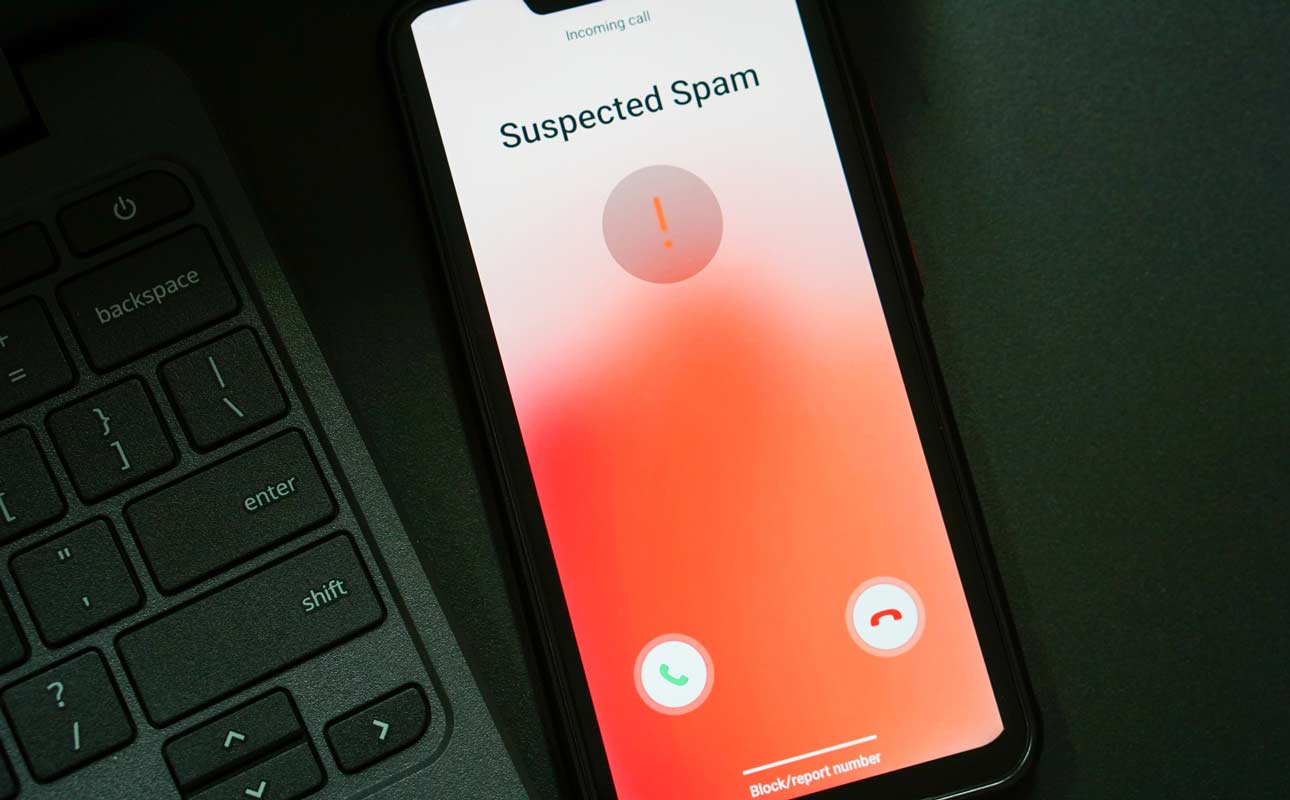13 tips to teach kids phone etiquette at home

While most personal communications in the 21st century occur digitally via text messages, instant messages, emails and social media, telephone etiquette is still an essential skill for your kids to learn.
According to Common Sense Media, in 2021 about three out of 10 8-year-olds and nine out of 10 14-year-olds owned a smartphone. While phone etiquette training for a smartphone is different than for a home phone, the data suggests that kids as young as seven should at least be learning good manners and call etiquette no matter their phone type. Our guide will help you understand why your kids should know phone etiquette, how to teach them (with examples of phone etiquette) and how a VoIP home phone can help. Let’s take a look.
What is phone etiquette?
Telephone etiquette is the way you handle yourself on the phone. This includes how you answer the phone, use of good manners, tone of voice and overall phone conduct. Telephone manners and etiquette are valuable skills at any age.
Why does phone etiquette matter?
From the time a child can answer the phone, practicing good phone etiquette is essential. Kids these days have access to computers and technology at such a young age that we assume they intuitively know proper etiquette, but that’s not true. One reason is they have fewer opportunities to witness the art of traditional telephone communication. But phone etiquette is still something they should learn.
When someone calls your home phone, most likely it’s an adult on the other end. As a parent, you want your kids to practice good manners, especially with adults. Not only that, but learning good phone etiquette sets your child up for a lifetime of good communication skills whether on the phone, another device or in person.
Safety is also a reason to teach phone etiquette. It’s an important safety measure for your child to know how to dial 911 and communicate with emergency responders. On the flip side, it is also important for your child to understand when sharing too much information over the phone can be dangerous. One example of this is callers phishing to see if a child is home alone.
Also, did you know there is such a thing as phone anxiety? It’s real and called telephonophobia. Having a home phone and knowing how to use it can prevent or significantly reduce phone anxiety.
Finally, phone etiquette is important because your kids will need it for their entire life. Telephone communication is the basis of almost every job, career and daily task they will encounter. They will need this etiquette to converse on sales calls, in phone interviews for jobs, to schedule doctor appointments, inquire about a billing error—the list goes on.
Why use a home phone?
There are many reasons to get a home phone. Having a centralized phone number for your family makes it easier for places like the doctor’s office, your child’s school, utility companies and even other family members to reach you or leave a message.
A home phone is helpful in the case of an emergency. If you have one central phone in the home kept in one location, it will be easier for your child—or anyone in the house—to locate it in an emergency. If everyone has their own cell phone, then your child is left searching for one to use—hopefully it’s charged. A home phone also makes it easy for first responders to locate your address in an emergency.
Family home phone use also allows you and your kids downtime from mobile devices, knowing that if someone really needs to reach you even when you’re powered off, they can.
Finally, teaching telephone etiquette on a home phone is much more effective without the distractions of a cell phone, where so much more is going on from notifications, text messages and gaming.
Tips to teach your kids call etiquette when answering the phone.
1. Answer the phone quickly. Within three rings is recommended.
2. Say hello. While this might sound like a given, many kids don’t say anything when answering the phone.
3. Give a polite greeting. Try this simple one: “Hi, you’ve reached the (last name) residence. Can I help you?”
4. Speak clearly. Teach your kids not to mumble or cover the mouthpiece while they speak to avoid muffling their words.
5. Don’t overshare information. This is important for safety. Teach your kids never to disclose that a parent isn’t home. Instead, they can say, “My mom can’t come to the phone right now. Can I take a message?”
6. Be polite. Instead of saying “What?,” try “Can you please repeat that? I’m having a hard time hearing you.”
7. Put the phone down and find the person needed. No one likes someone yelling “Mom, mo-om, mo-o-om” in their ear.
8. Use a notepad to take notes. Practice writing clear and concise notes. You can even have your child read the number back to the caller to double-check their contact information.
Tips to teach your kids telephone manners and etiquette when making a call.
9. Say hello and introduce yourself. Again, it’s amazing that kids these days don’t say hello when they call someone.
10. Introduce yourself. Try this: “Hi, this is (child’s name). Is (name) there?”
11. Wait your turn to speak. It’s poor manners to interrupt. Teach your child to wait until the person on the other end is done speaking before responding.
12. Leave a message. Inform your child that not everyone has caller ID, so if nobody answers they should leave a clear and concise message with call-back details. Try: “Hi, this is (name), I’m calling to see if (name) can play. She can call me back at (phone number).”
13. End the conversation with a polite goodbye. Just like a simple hello when answering the phone, it’s customary to say goodbye when ending a call.
Convinced to bring back a home phone? Don’t worry about high service bills.
Ooma provides VoIP home phone service that connects through your internet and offers crystal-clear calls and an enhanced 911 safety feature. You’ll need to purchase an Ooma base station for a one-time MSRP cost of $99.99 to connect to your internet. Basic service is free. All you pay are the applicable monthly taxes and fees, which run about $6 to $9 a month and vary by ZIP code. You can use this calculator to estimate your monthly taxes and fees.



